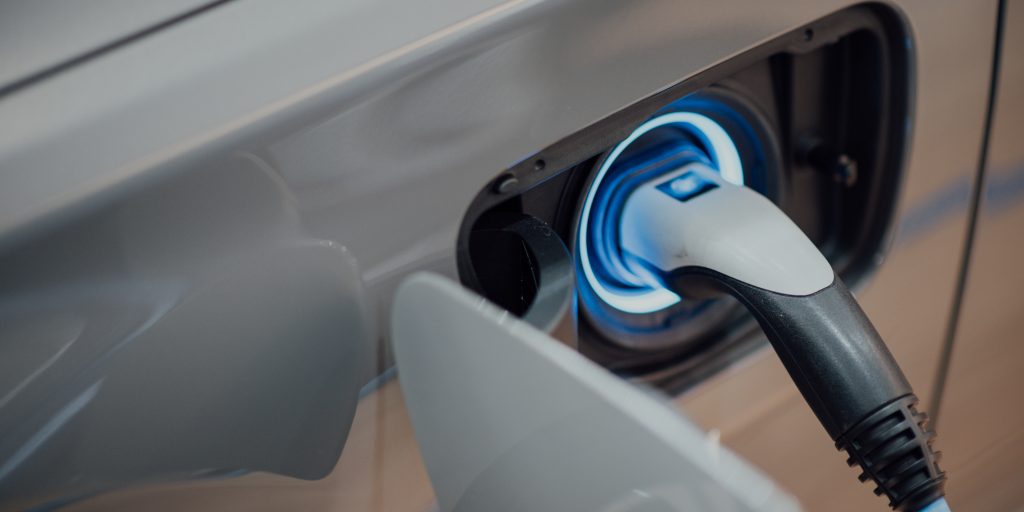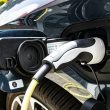Report highlights electrification trends, future outlook for clean energy technology
As communities move to address the urgent needs brought about by climate change, the electrification of technologies that have traditionally relied on fossil fuels for power is at the top of the list. For administrators, keeping tabs on the latest clean energy trends is more important than ever, given how rapidly industries are pivoting to an evolving environment these days.
A new report from the American Public Power Association (APPA), “Electrifying the Future: Current Trends, Future Pathways, and Potential Challenges,” takes a look at recent trends in the electrification of such technologies, and identifies a few hurdles that must be overcome before mass-adaptation is possible across sectors. The report also looks ahead toward future development.
“Potential benefits of electrification include, but are not limited to, reduced CO2 emissions, more efficient use of energy, long-term fuel savings, and lower overall monthly energy costs,” the report reads. Among challenges faced, “electrified space heating is still generally more efficient in warmer climates than colder climates, up-front prices for many EV models are higher than for traditional transportation, and the overall cost of converting to electrified end uses may be prohibitive for many customers.”
The electric vehicle marketplace is one area in particular that’s seen a dramatic increase in attention and funding over the last decade. As costs for vital elements like batteries has declined, vehicle sales have steadily picked up, the report says. Sales “have steadily been increasing over the past decade. Hybrids, plug-in hybrids, and fully electric cars accounted for approximately 11 percent of light-duty vehicle sales in the fourth quarter of 2021, with EVs (electric vehicles) alone accounting for 3.4 percent of light-duty vehicle sales,” the report says. In a comparison of all U.S. states, California leads in adoption and sales of EVs, although usage is increasing in states like Florida, Texas and Washington.
Electric space heating has likewise seen rapid adoption.
“In 1950, less than 1 percent of all homes in the United States used electricity as the primary source of heating. By 2000, that had increased to over 30 percent, and today nearly 40 percent of homes are primarily heated by electric sources,” the report continues. Electrically heated homes are mostly concentrated in the southeast and the southwest. The report highlights five factors that have been linked by researchers from the University of California, Berkeley to higher rates of electrified end use: Energy prices, geography and climate were the most important factors, along with the prevalence of multiunit homes and income levels.
Of all states, those with warmer clients led in electricity use for heating—Hawaii was ranked first at 90.1 percent, followed by Florida (85.1 percent), Arizona (80.6) and Texas (76 percent).
To that end, on the road to the widespread adoption of electric heating, efforts should be focused in communities with colder climates.
“The data presented suggest that full-scale deployment of home electrification will entail electrifying areas where electric rates are higher and where climates are traditionally less amenable to electric heating sources,” the report says, noting, “changes in both pricing and heating technology have already altered the landscape.”
Beyond advocacy, market trends are also pushing industries toward cleaner energy—electrical prices have declined by 58 percent since 1950, while prices for natural gas and oil are up 27 and 79 percent respectively. That being said, equipment costs are still high enough to be a barrier—especially for elements like batteries. Limitations of the existing electrical grid are also holding back faster development.
But while these might be limitations today, they won’t always be. Technological advancements are driving innovation, which is reducing costs in turn. Additionally, modern devices are increasingly becoming more efficient than those that operate on fossil fuels. Heat pumps, for example, can provide 1.3 to 3 times more heat energy than the electrical energy they consume. Likewise, electrical vehicles can convert 60 percent of the energy they draw into miles traveled, “whereas internal combustion energy vehicles convert 20 percent,” the report says.




















